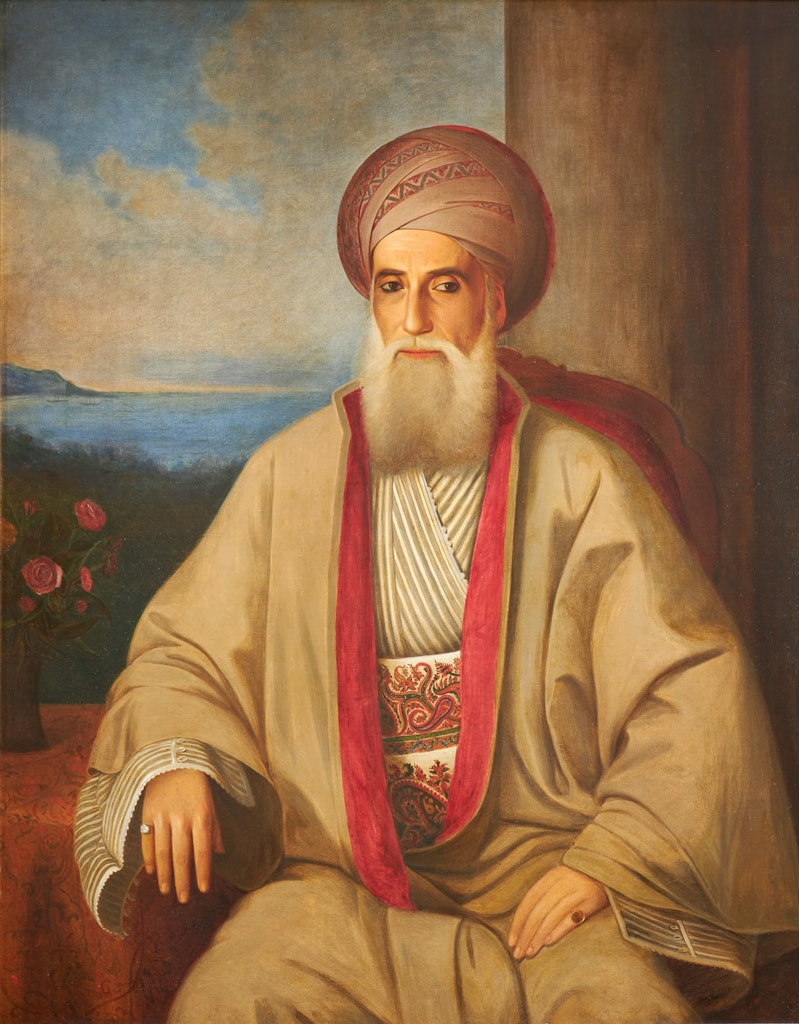The University: The idea and how to destroy it
Fourteenth-century Oxford University offers today’s Woke some lessons in cancel culture
This article is taken from the October issue of The Critic. To get the full magazine why not subscribe? Right now we’re offering three issue for just £5.
“The idea of a university” is the title of a famous essay by John Henry Newman. The essay, which eventually grew into a book, was first published in 1852. But both the idea of a university and the thing itself are far older.
Uncomfortably for modern prejudices, the university is specifically European; even more uncomfortably perhaps, far from being a product of the Enlightenment, it goes back, like so many other of our key political and social institutions — from parliament to trial by jury and the common law itself — to the high middle ages.
The oldest, dating back to the late twelfth century, are Bologna, Paris and Oxford. Cambridge, dating from about 1209 and owing its origins to scholars migrating for refuge from an acute spasm of town versus gown hostility at Oxford, is a little more recent.
In its own mythology and the lazy popular assumptions of “Oxbridge”, Cambridge is seen as the perpetual equivalent of Oxford. This is not true: not to begin with and not for the rest of the middle ages. Medieval Cambridge was much smaller, with only about a third as many students. It was much poorer and looked it: Oxford has the magnificent fan-vaulting of the Divinity School; Cambridge made do with the barn-like vernacular of the interior of the Old Schools. And its intellectual life was as provincial as its architecture. Oxford, along with Paris, was one of the two great schools of Europe; Cambridge was little more than a seminary for East Anglian archdeacons.

“For its first three hundred years, the University of Cambridge produced no thought that mattered.” These were the words with which I began a speech in San Francisco in 2009. I was there — though recent events make it hard to believe — alongside Stephen Hawking to launch Cambridge’s eight-hundredth anniversary fund-raising campaign on the crucially important American west coast.
The words were designed to shake my audience out of celebratory complacency (the collective sharp intake of breath which followed them suggested I succeeded); they also aimed to shake money out of the pockets of the dot-com billionaires in the front row (I appear to have succeeded there as well since I was later asked to give the speech at the reception at the British embassy in Washington for the inaugural Cambridge Gates scholars).
My tactic in the rest of the San Francisco speech was to focus on Tudor money, which is something I know a lot about. For it was Tudor money — a whole wall of it — which transformed Cambridge from the provincial backwater it had been into the intellectual powerhouse of Henry VIII’s Reformation in church and state.
What I did not do, however, was to explain why the money went to Cambridge in the first place. For that is a story of the Other Place. It is the crisis in late fourteenth-century Oxford which not only accounts for the unprecedented royal interest in Cambridge; it also anticipates in remarkable detail the current self-inflicted crisis engulfing Oxbridge, the Ivy League and the rest of the university sector on both sides of the Atlantic.
The story, as is the way of Oxford these days, even features a statue on the façade of Oriel. Not Rhodes-Must-Fall of course but that of another student and benefactor of the college, Thomas Arundel, who was Archbishop of Canterbury around the turn of the fourteenth century. Unlike Rhodes, who was misguided enough to believe in the civilising effects of an Oxford education for people of all races, Arundel’s statue is safe since the archbishop, with his high-minded intolerance of dissent, is a perfect hero for these woke times.

Privileged by his birth as the son of an earl (what’s new?) and a stout defender of orthodoxy, Arundel is the author of two key instruments of repression: the act of parliament, De heretico comburendo, which, for the first time, provided for the burning alive of heretics, and his church constitutions, which destroyed academic freedom in Oxford and sent it and English intellectual life as a whole into a century’s long sleep.
In talking of academic freedom in late medieval Oxford I am, strictly speaking, guilty of anachronism. For the idea of academic freedom was only formally added to the idea of academic self-government, which is aboriginal to the university, much later at the beginning of the nineteenth century by Wilhelm von Humboldt in Prussia.
And it only attained its perfection in mid-twentieth century America as the academic community, then much more politically diverse than it is now, came together to resist the attempted McCarthyite purge of communists, real and imagined, from the faculty.
The most uncompromising statement of the doctrine was given in the Kalven report to the University of Chicago in 1967. Its conclusions can be summarised in a triumphant syllogism. The only purpose of a university, it declared, is the pursuit of knowledge. The pursuit of knowledge, it continued, demands absolute freedom of inquiry. Therefore, it deduced, the university cannot, as a university, take a collective position on any political issue of the day “without inhibiting that full freedom of dissent on which it thrives”.
The New Left worked hard to capture the universities because they guessed that they would be the superspreaders of Woke
You will not, of course, find any such bold statement in the statutes of late medieval Oxford. But its practice was not dissimilar. This is because all academic activity — writing, lecturing and oral examination in the form of disputations — took place in Latin. Thus, protected by “the decent obscurity of a learned tongue”, almost anything could be said. And it was.
The result was that fourteenth-century Oxford produced that great trio of thinkers, Duns Scotus, William of Ockham and John Wycliffe, who between them carried linguistic philosophy to heights of sophistication that were not scaled again till the age of Wittgenstein and Russell in the early twentieth century.
Their work even spilled over into public policy and they advised kings and their opponents alike. Finally, with Wycliffe, it spilled too far. His ideas were translated into English and, now comprehensible to the laity, became the heresy of Lollardy, which threatened the very existence of the Catholic Church in England.
The unspoken frontier had been crossed and it was Arundel who slammed the barriers shut. In so doing he used methods that directly anticipate the enforcement armoury of today’s social justice warriors: books were suppressed and their circulation banned; topics of study were prescribed or proscribed; offending academics were dismissed, stripped of their degrees and no-platformed (“suspended from all scholarly acts”); even De heretico comburendo was, I suppose, only “cancellation” taken to its logical conclusion.
But what is most striking of all is the similar strategic focus. The New Left worked hard to capture the universities because they guessed that they would be “the superspreaders of Woke”; Arundel likewise understood that to recapture “our alma mater, the University of Oxford” was the key to regaining control of public opinion in England. Both, alas, succeeded and the intellectual wasteland of fifteenth-century England — and perhaps even the political disintegration of the Wars of the Roses — is warning of our own fate.
Enjoying The Critic online? It's even better in print
Try five issues of Britain’s newest magazine for £10
Subscribe














